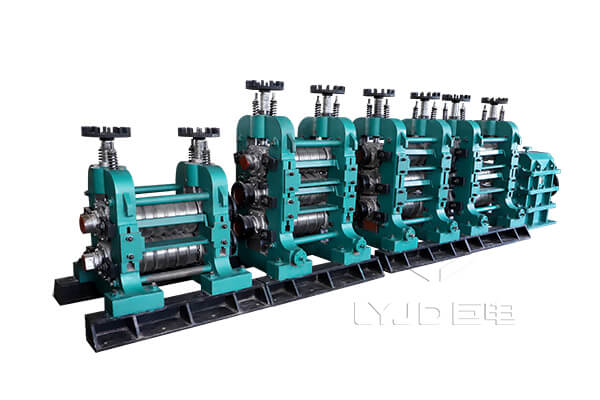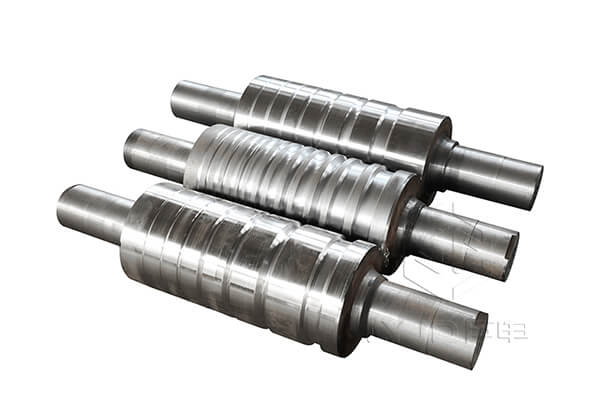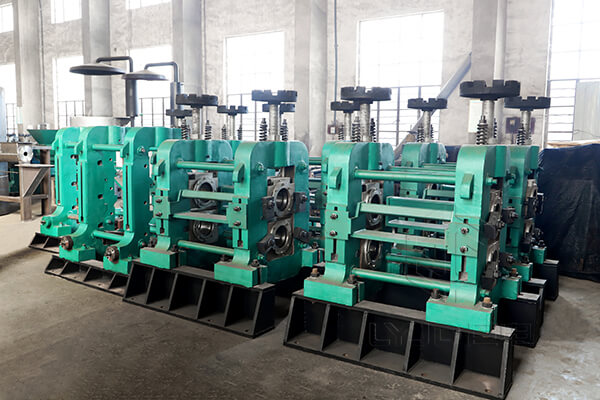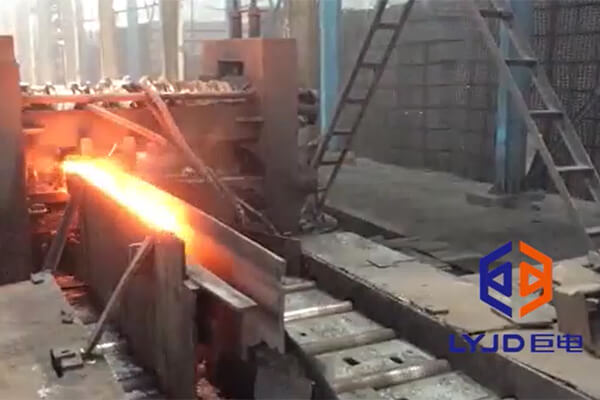Steel rolling mill machinery plays a crucial role in the steel manufacturing process. It is specialized equipment used to shape and transform raw steel into various finished products, such as sheets, plates, bars, wire, and structural sections. The machinery employs a process called rolling, which involves passing the steel through a series of rollers to reduce its thickness, alter its shape, improve its surface finish, and enhance its mechanical properties.

In this article, we will provide an introductory overview of steel rolling mill machinery, exploring its components, operation, and significance in the steel industry.
Steel rolling mill machinery is designed to process and manipulate steel in a controlled manner, transforming it into desired shapes and forms.
It enables the production of steel products with precise dimensions, consistent quality, and improved mechanical properties.
Rolls are cylindrical or semi-cylindrical metal objects that exert pressure on the steel during the rolling process. They are the primary components responsible for reducing the thickness of the steel and shaping it into the desired form. The rolls are typically made of high-quality steel or other durable materials to withstand the heavy loads and high temperatures involved in the rolling process.

The mill stand is the framework that holds the rolls and other components in place. It provides stability and support during the rolling process. The mill stand is designed to withstand the significant forces and vibrations generated during rolling operations. It is typically made of cast iron or steel and may have multiple stands arranged in tandem for continuous rolling.

The drive system is responsible for rotating the rolls and providing the necessary power to feed and process the steel. It typically consists of electric motors, gearboxes, couplings, and other transmission components. The drive system ensures precise control over the rolling speed, tension, and torque, allowing for efficient and accurate steel processing.
Guides are devices used to control the entry and exit of the steel into and from the rolls. They play a crucial role in maintaining proper alignment and reducing distortion during the rolling process. Guides are often adjustable to accommodate different steel sizes and shapes. They can be mechanical or hydraulic, and their design depends on the specific requirements of the rolling mill.
The cooling system is essential for maintaining optimal working conditions during the rolling process. It helps dissipate the heat generated by the steel and the rolls, preventing excessive temperatures that could affect the quality of the steel or damage the machinery. Cooling systems may include water sprays, cooling beds, or other methods to control the temperature of the rolls and the steel being processed.
A lubrication system is used to reduce friction between the rolls and the steel, minimizing wear and extending the life of the components. It ensures smooth operation and protects against excessive heat and damage. Lubricants, such as oils or emulsions, are applied to the contact surfaces between the rolls and the steel to facilitate the rolling process.
Modern steel rolling mill machinery often includes advanced control and automation systems. These systems monitor and control various parameters such as temperature, rolling speed, tension, and thickness to ensure precise and consistent processing. They may incorporate sensors, actuators, programmable logic controllers (PLCs), and human-machine interfaces (HMIs) to optimize performance, improve efficiency, and enhance safety.
Hot rolling mill machinery is a critical component of steel manufacturing, responsible for shaping steel at high temperatures. It harnesses the power of heat to transform raw steel into various forms, such as sheets, plates, rails, and structural sections.
Hot rolling mill machinery begins its process by heating the steel above its recrystallization temperature. Once the steel reaches the desired temperature, it is fed into the rolling mill machinery. The machinery consists of a series of rolls that exert pressure on the heated steel, gradually reducing its thickness. The rolls' configuration and the number of passes through the mill determine the final thickness of the steel.
The applications of hot rolling mill machinery are as follows.

Operates at room temperature or slightly elevated temperatures, enabling precise control over the steel's dimensions and surface finish.
Consists of multiple stands arranged in series, allowing for a progressive reduction in thickness and increased productivity.
Capable of rolling the steel in both directions, offering flexibility in processing and shape correction.
Designed for specific applications, such as foil rolling mills for thin sheet production or ring rolling mills for seamless ring manufacturing.
Steel rolling mill machinery is a vital component of the steel manufacturing process, enabling the transformation of raw steel into finished products with precision, consistency, and enhanced properties. Understanding the basics of this machinery helps us appreciate its importance and the integral role it plays in the steel industry's growth and development.
Please send us your request and we reply to you with in 24 hours.
Submit Request